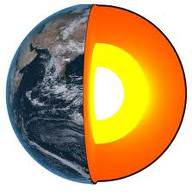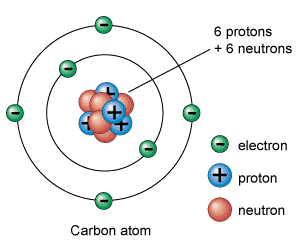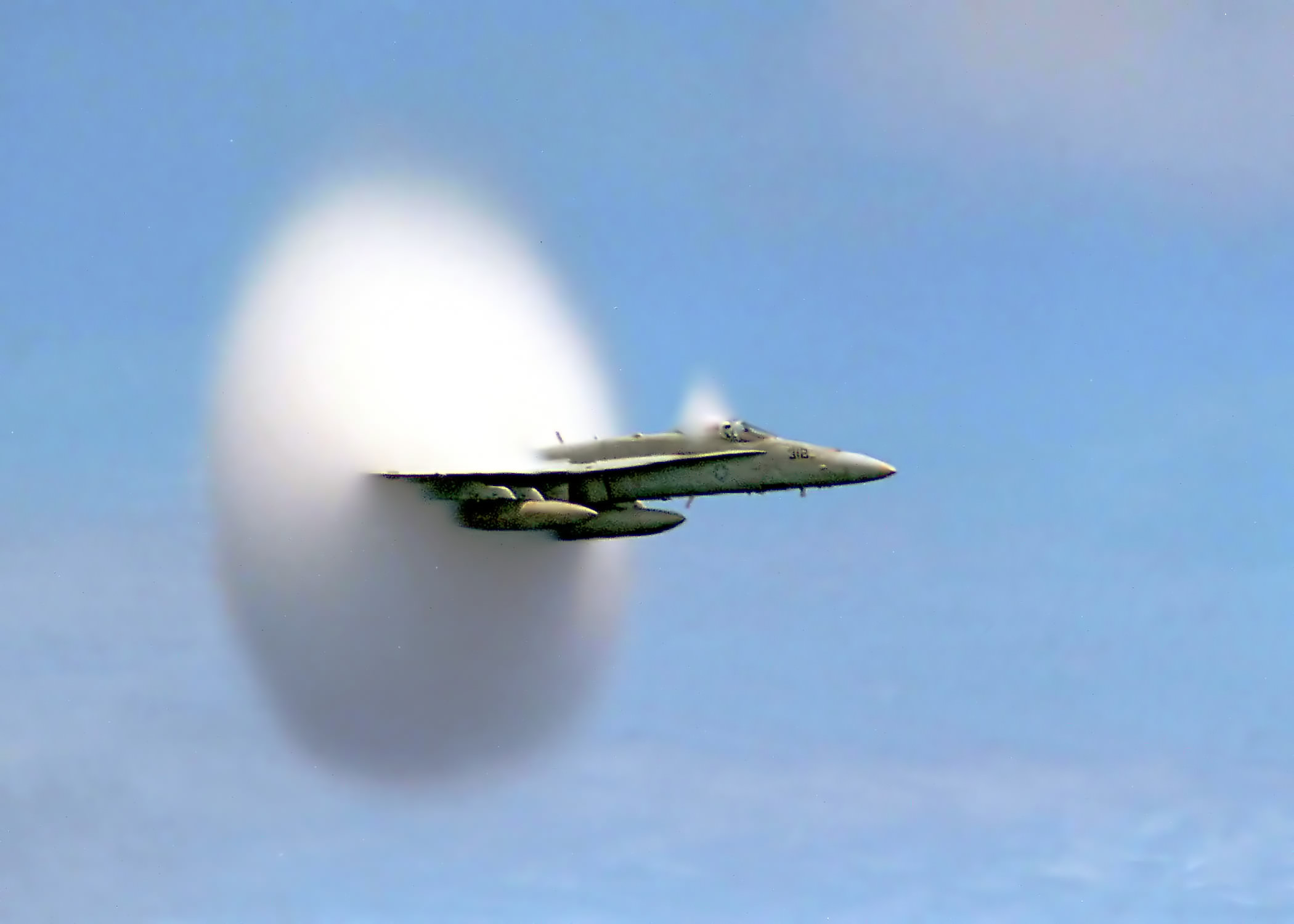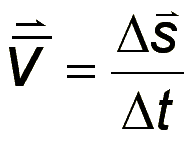[/caption]
Were you wondering how many miles to the center of the Earth? The simple quick answer is 3,958.8 miles – the mean radius of the Earth in miles. In other words, if you dug a tunnel straight down, you’d reach the center of the Earth after going 3,958.8 miles, and then you’d need to go another 3,958.8 miles to reach the opposite side of the planet.
But wait, if you need to be really precise, the answer depends on where you’re standing on Earth. That’s because the Earth isn’t a perfect sphere. It’s rotating in space, and so it bulges around the middle, while it’s more flattened at the poles. And so, if you’re standing at the poles, you’re only 3,949.9 miles from the center of the Earth. And if you’re standing on the equator, the distance is 3,963.2 miles.
The difference between those two amounts is 13.3 miles. In other words, you would have to dig 13.3 miles further if you were standing on the equator to reach the center of the planet.
This might not sound like much, but it’s actually a pretty big deal. The furthest point from the center of the Earth isn’t Mount Everest. In fact, it’s Mount Chimborazo in Ecuador. Even though it’s shorter than Mount Everest, it’s actually 8,969.8 feet further from the center of the Earth because it’s located near the equator.
We’ve written several articles about the center of the Earth for Universe Today. Here are some interesting facts about the Earth, and here’s an article about the radius of the Earth.
Want to learn more about the interior of the Earth? Check out NASA’s Solar System Exploration Guide on Earth. And here’s a link to NASA’s Earth Observatory.
We have also recorded an episode of Astronomy Cast all about the Earth. Listen here, Episode 51: Earth.










